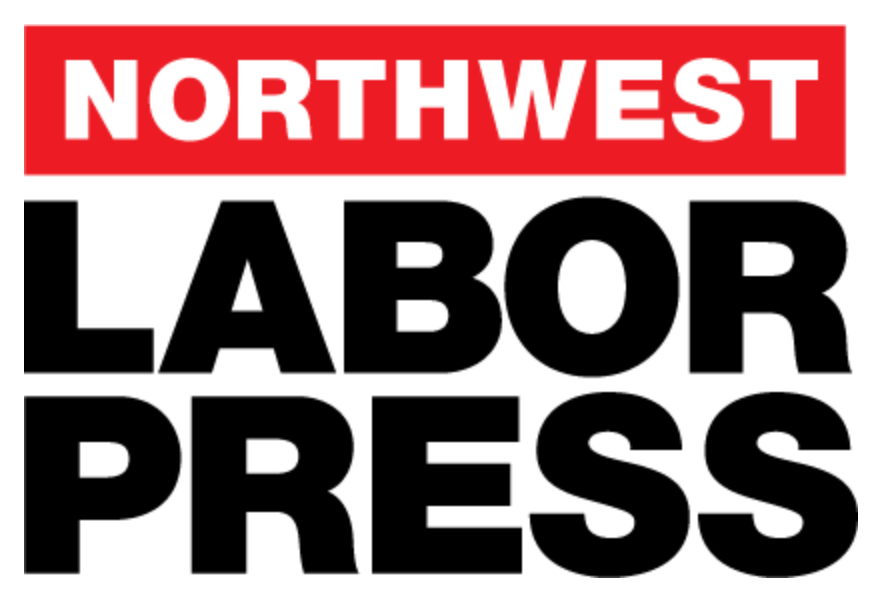
With the stroke of a governor’s pen on Feb. 6, Missouri became the 28th “right-to-work” state. Right-to-work legislation passed in Missouri just weeks after Kentucky passed a right-to-work law.

Right-to-work is the rather misleading term for a law intended to keep unions weak and poorly funded — by barring any union contract that requires workers to pay union dues or fees.
New Hampshire might be the next right-to-work state: The state Senate passed a right-to-work bill Jan. 19, and the state House is scheduled to vote on it on Feb. 16. A right-to-work bill passed the New Hampshire Legislature once before, in 2011, but was vetoed by a Democratic governor. Now the state has a Republican governor who has vowed to sign it.
Right-to-work until recent years was confined mostly to southern and prairie states where unions were historically weak. But in 2012, Michigan and Indiana went right-to-work, followed by Wisconsin in 2015 and West Virginia in 2016.
No state has ever repealed a right-to-work law once it passed, probably because the law permanently weakens unions in those states. But Missouri unions will try to overturn the right-to-work law before it takes effect on Aug. 28.
On Feb. 7, the Missouri AFL-CIO together with the Missouri NAACP filed a petition for a referendum. If they collect roughly 90,000 signatures by Aug. 28, the law will be put on hold, and voters will get to decide on it in November 2018.

Meanwhile, in the Washington state senate, a Feb. 8 committee hearing on a right-to-work bill drew as many as 1,100 union supporters to rally and testify in opposition, filling hearing and overflow rooms. SB 5692 — sponsored by Republican state Senators Michael Baumgartner of Spokane and John Braun of Centralia — has no chance of getting through Washington’s Democratic-majority House. But Washington unions felt it was important to make a strong stand against it in the Republican-led state senate.
Nationwide right-to-work?

— Donald Trump, Feb. 17, 2016, in an interview with South Carolina Radio Network
And on Feb. 1, U.S. Congressmen Steve King (R-Iowa) and Joe Wilson (R-South Carolina) introduced the National Right-to-Work Act, HR 785. It would bar mandatory union dues requirements, not just for private sector workers covered by the National Labor Relations Act, but also for airline and rail workers covered by the Railway Labor Act. Similar bills have been introduced in every session of Congress, but this year, Republicans control both chambers of Congress plus the White House — for the second time since 1928. Republicans controlled the House, Senate, and White House from 2003 to 2007, when George W. Bush was president, but it wasn’t until 2012 that the official Republican Party platform called for passage of a nationwide right-to-work law. President Trump didn’t campaign on right-to-work, but in a February 2016 radio interview, he said he’s for it.
Still, HR 785 might have a difficult time getting through the U.S. Senate if the bill is subject to the Senate’s filibuster rule: No Senate Democrats support right-to-work, and Republicans have only 54 of the 60 seats they’d need to overcome a filibuster. As of press time, HR 785 had just nine sponsors or co-sponsors in the House.
The bigger threat is that a court case could establish right-to-work for all public employees nationwide. The U.S. Supreme Court went part of the way there in 2014 in the Harris v. Quinn case, in which the court mandated right-to-work status for union-represented home care workers who are paid by the state. Last year, a case called Friedrichs vs. California Teachers Association could have done the same for all public sector workers, but the death of Supreme Court Justice Antonin Scalia left the Court split 4-4. Expecting Trump’s Supreme Court appointee to provide the fifth anti-union vote, union foes filed a very similar lawsuit, Yohn v. California Teachers Association, on Feb. 6.


